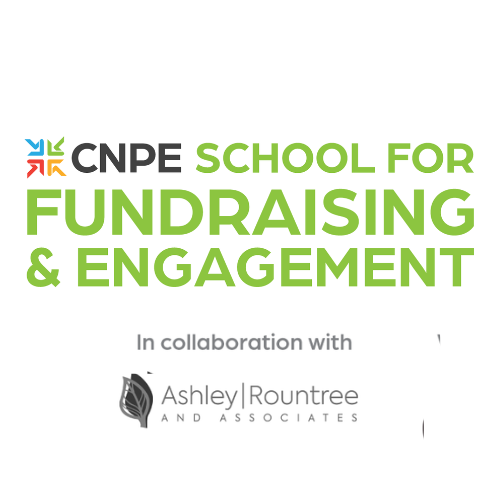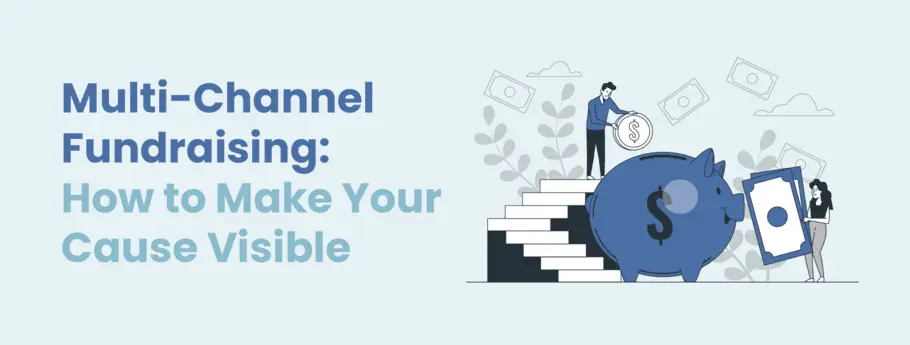Online Fundraising: Proven Strategies to Raise More Funds for Your Nonprofit
Online Fundraising: Proven Strategies to Raise More Funds for Your Nonprofit
Blog Article
The Role of Neighborhood Involvement in Nonprofit Fundraising: Structure Lasting Relationships for Sustainable Assistance
Neighborhood interaction is increasingly identified as a critical component of successful nonprofit fundraising. The techniques and approaches used to involve areas vary widely, elevating essential concerns concerning efficiency and effect.
Comprehending Area Involvement
Neighborhood involvement is a crucial component of successful not-for-profit fundraising initiatives. It describes the strategies and tasks that organizations utilize to get in touch with their neighborhood communities, cultivating connections that are equally beneficial. Understanding neighborhood engagement includes recognizing its complex nature, that includes collaboration, participation, and outreach. Nonprofits should determine key stakeholders-- such as area participants, neighborhood organizations, and other companies-- to produce effective interaction methods.
Effective community interaction is based on active listening and responsiveness to the demands and passions of the community. This process entails obtaining feedback, recognizing area characteristics, and ensuring that the organization's objective lines up with neighborhood priorities. Involving the community can take different forms, consisting of public meetings, volunteer chances, and collaboration efforts, each made to encourage involvement and investment in the company's goals.
Furthermore, neighborhood engagement must be come close to as an ongoing dialogue as opposed to an one-time initiative. By fostering a comprehensive atmosphere where neighborhood voices are heard and valued, nonprofits can develop a solid foundation for future fundraising endeavors. Ultimately, a deep understanding of community interaction encourages companies to create authentic links that boost their general performance and sustainability.
Advantages of Solid Relationships
Strong connections developed via area involvement return numerous benefits for not-for-profit fundraising initiatives. First and leading, these connections foster count on and trustworthiness, important components in motivating contributors to contribute. When possible fans see a nonprofit proactively associated with their area, they are more probable to count on its goal and effect.

Additionally, these relationships help with effective communication. Nonprofits can leverage their connections to share tales of effect, updates, and needs, guaranteeing that advocates remain enlightened and engaged. This open line of communication not just enhances bonds however likewise encourages referral promotion, broadening the nonprofit's reach.
Finally, solid neighborhood connections can draw in new partners and enrollers. Organizations and individuals are a lot more likely to line up with organizations that show purposeful area participation, supplying added resources and support that can dramatically improve fundraising capabilities. Thus, growing robust connections via community engagement is integral to a not-for-profit's long-lasting fundraising success.
Approaches for Efficient Engagement
Just how can nonprofits properly involve their communities to enhance fundraising efforts? Developing targeted techniques is crucial for promoting meaningful links. First, leveraging social networks systems allows companies to share their mission dynamically and interactively, reaching a wider audience. Routine updates, engaging content, and calls-to-action can galvanize community rate of interest and involvement.
2nd, organizing community occasions, such as workshops, volunteer official site chances, or fundraising drives, facilitates face-to-face interaction, enabling nonprofits to showcase their impact and efforts. These events not only increase funds but also grow partnerships and allow community participants to involve directly with the cause.
Third, applying customized communication methods can improve involvement. Customizing messages to particular contributor segments based on interests and previous payments fosters a feeling of belonging and financial investment in the company's objective.
Last but not least, developing collaborations with local services and neighborhood leaders can enhance outreach initiatives. Joint initiatives can improve exposure and reliability, demonstrating a cumulative commitment to the neighborhood's health. By integrating these strategies, nonprofits can construct long lasting partnerships that improve fundraising efforts and drive lasting assistance.
Determining Interaction Success
While involving the community is critical for effective nonprofit fundraising, measuring the performance of these interaction efforts is similarly crucial. Developing clear metrics enables organizations to assess just how well they are getting in touch with their target market and attaining their fundraising goals. Secret performance signs (KPIs) such as donor retention rates, volunteer involvement levels, and engagement on social networks systems supply tangible data for examination.

On a regular basis analyzing these metrics enables organizations to pivot their techniques when essential, making sure that community involvement remains aligned with their overall objective. Moreover, sharing these outcomes with stakeholders cultivates transparency and constructs count on, encouraging further community involvement. Eventually, a durable measurement structure not only notifies future fundraising efforts but also reinforces the partnership between the nonprofit and its supporters, preparing for lasting success.
Study in Community Influence
Countless situation research studies show the profound influence that area involvement can have on nonprofit fundraising success. One noteworthy instance is the "Something to chew on" initiative, where a neighborhood food financial institution partnered with institutions and companies to host neighborhood dinners. These events not just elevated funds yet likewise promoted a feeling of belonging among individuals, substantially boosting donor retention prices.
One more engaging situation is the "Environment-friendly Spaces Task," which entailed neighborhood residents in the revitalization of urban parks. This campaign not only garnered financial backing from neighborhood services yet also grew a volunteer base that added to recurring upkeep and programs. The feeling of ownership and pride among community participants translated right into sustained payments.
In the world of arts, the "Art for All" project successfully involved neighborhood artists and clients to create joint art installations, leading to increased exposure and donations for a neighborhood arts not-for-profit.
These examples highlight that when nonprofits focus on community participation, they can create long lasting connections that improve fundraising efforts, making sure sustainable support and cultivating a vibrant area culture. Such instances demonstrate that neighborhood involvement is not simply an approach yet an important pillar of nonprofit Website success.
Conclusion
In final thought, neighborhood involvement is important to the success of not-for-profit fundraising initiatives. Inevitably, a robust foundation of area assistance not just enhances fundraising prospective yet likewise cultivates a culture of collaboration, necessary for attaining long-lasting organizational goals and maintaining purposeful impact. fundraising consultant.
Nonprofits should identify vital stakeholders-- such as neighborhood members, neighborhood companies, and various other companies-- to develop reliable engagement strategies.

In verdict, community engagement is indispensable to the success of nonprofit fundraising initiatives.
Report this page